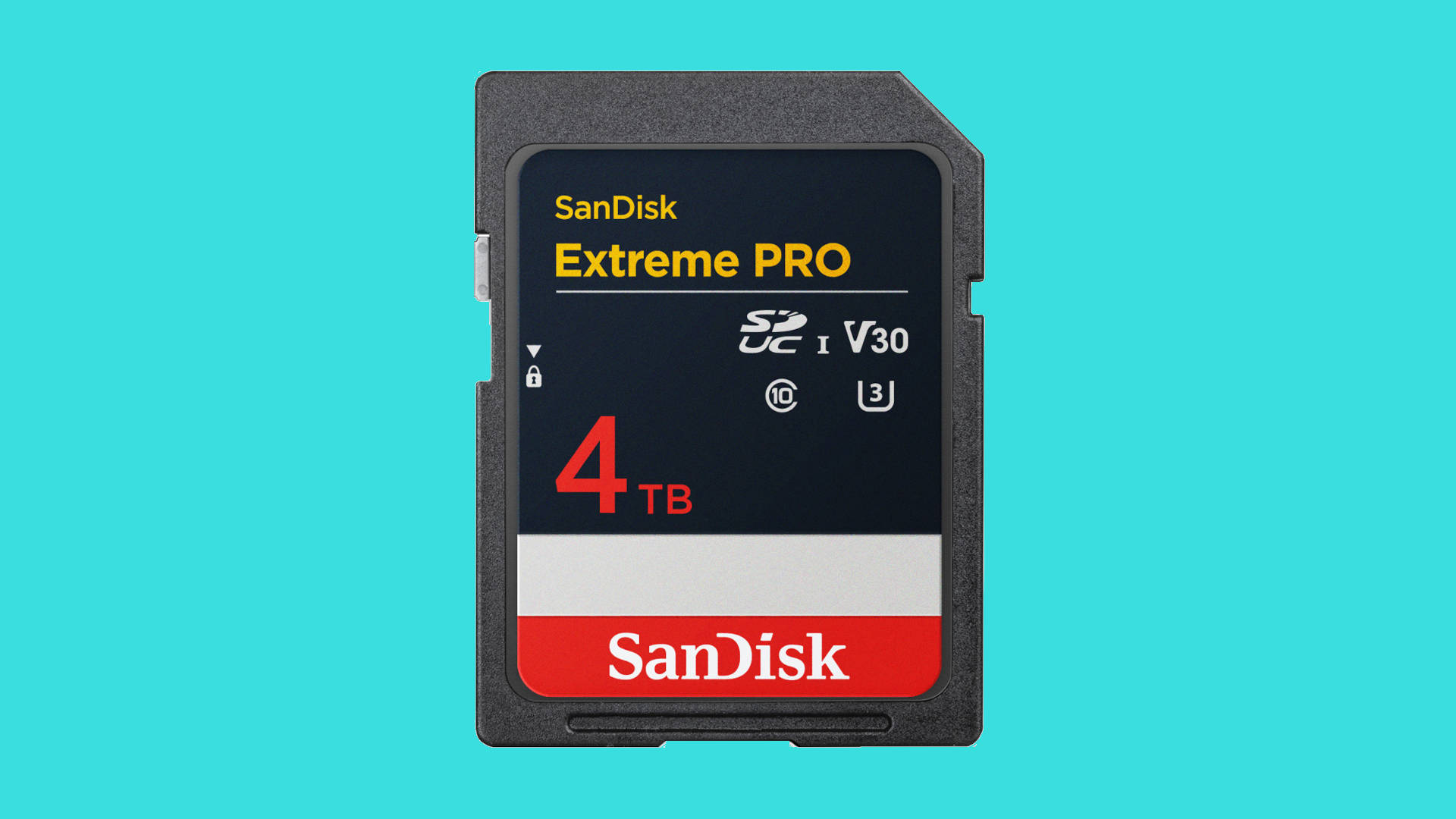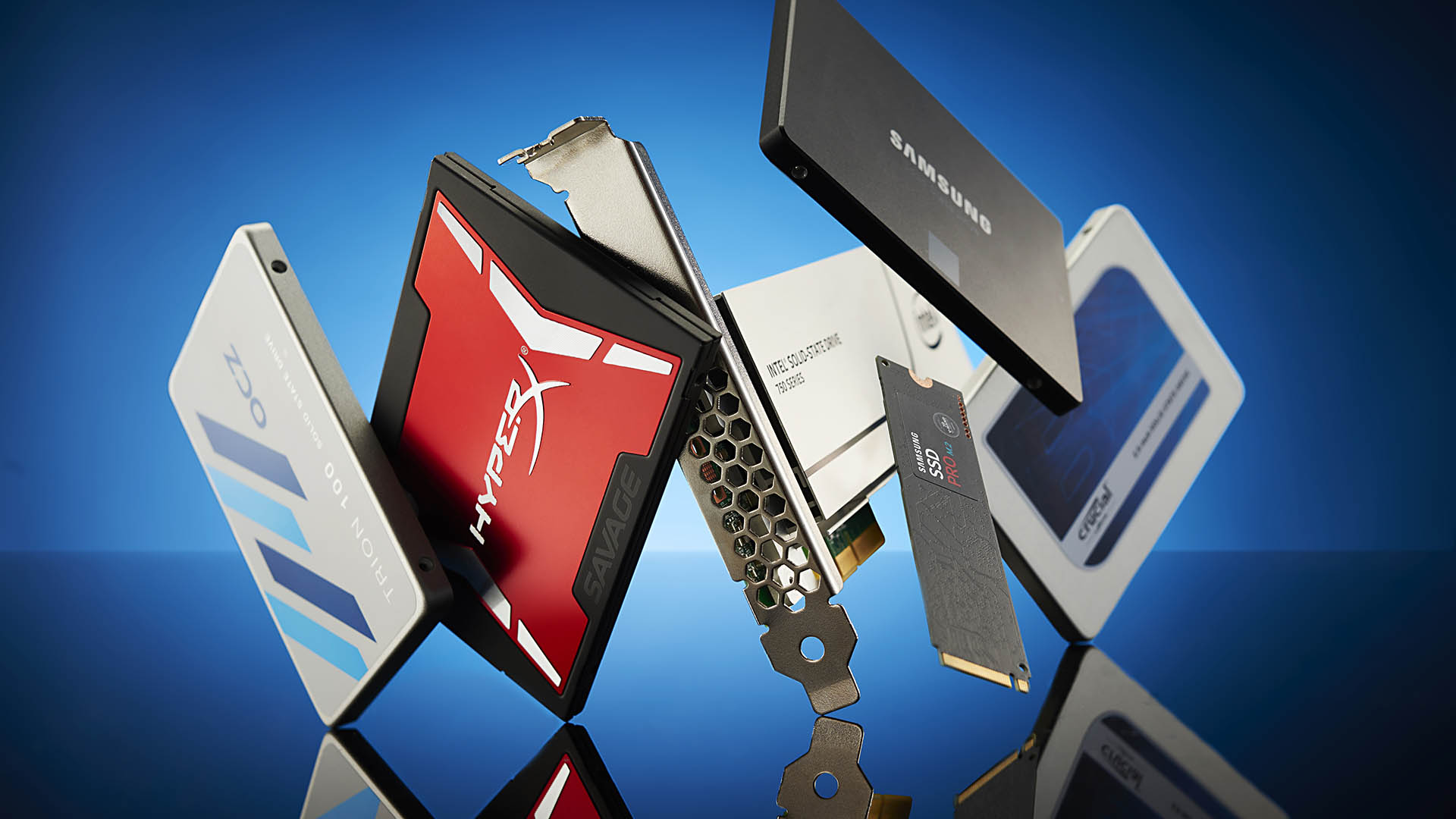
Known for offering bags of storage in a teeny tiny format, SD cards have been pretty slow at piling on the gigabytes over the years, compared to HDDs, SSDs, and other storage formats. Western Digital plans to step things up a notch or two, though, stating that it expects to launch 4TB models in its SanDisk range next year.
News of the forthcoming products, reported by Anandtech (via Ars Technica), is likely to be well received by anyone with a digital camera or handheld device who've been frustrated by the fact that SD cards have only just reached the 2TB level—and I when I say 'only just', I'm talking about January of this year.
While the SDUC (Secure Digital Ultra Capacity) format of the 7.0 SD specification permits up to 128TB, no such drives exist on the market. The reason why is fairly simple. Compared to something like an M.2 2280 size NVMe drive, SD cards are seriously restricted on space, so multiple NAND flash chips can't be attached to increase the storage capacity.
That means flash chip manufacturers have needed to develop increasingly more complex and expensive methods to increase the amount of gigabytes. All of them use a variation of 3D stacking, where the grid of memory cells is expanding vertically and horizontally. For example, if you could pick apart Western Digital's SN850X SSD, you'd see two NAND flash chips on the circuit board.
Inside each of these are eight dies, which in turn comprise two planes of 112 layers of memory cells. That's not the densest being made by Western Digital, as its 8th generation of BiCS FLASH (co-created by Toshiba) boasts 218 layers. But to get 4TB in a standard SD card, Western Digital will probably have to use even more than that, as the available space for the chip restricts how many dies can be inside it.

Best SSD for gaming: The best speedy storage today.
Best NVMe SSD: Compact M.2 drives.
Best external hard drives: Huge capacities for less.
Best external SSDs: Plug-in storage upgrades.
SD cards aren't known for being particularly fast, though, and the 4TB model will be different, using a UHS-I (Ultra High Speed) interface and having a Class 10 speed rating—that's good for a minimum transfer rate of 10 MB/s and an absolute maximum of 104 MB/s. It will also sport a V30 Video Speed Class, which means it will have a minimum sequential write speed of 30 MB/s.
While that's nowhere near a typical NVMe drive, it should be fine for 4K or even 8K video recording with a digital camera. I personally wouldn't use it for gaming on a handheld device (not least because I've got an ROG Ally with a decent SSD) but if you need lots of storage and don't care about performance, it should boost the capacity of such a device quite nicely.
Assuming, of course, you can afford it. Western Digital hasn't announced any prices for the forthcoming 4TB card but given that a 1TB SanDisk Extreme Pro model, with the same interface, is around $140 on Amazon, it's not hard to imagine just how expensive something four times larger is going to be.
It's kind of mind boggling that something with 4TB of storage can be made so small. Modern chip engineering is pretty incredible stuff. Now if only it could be made so that it's impossible to lose an SD card in a drawer full of junk.







